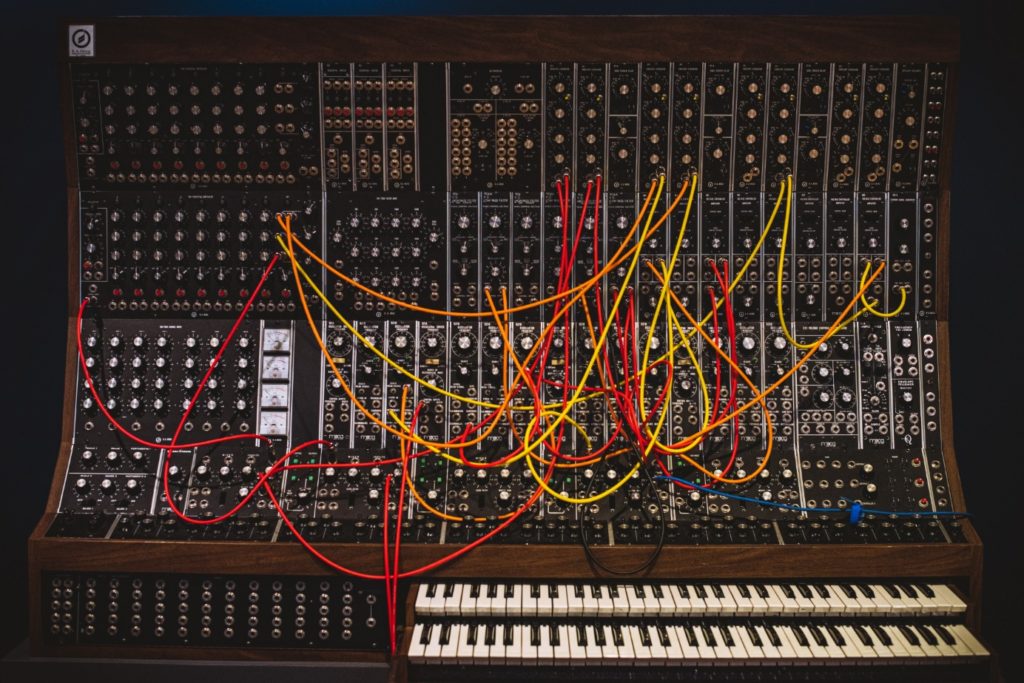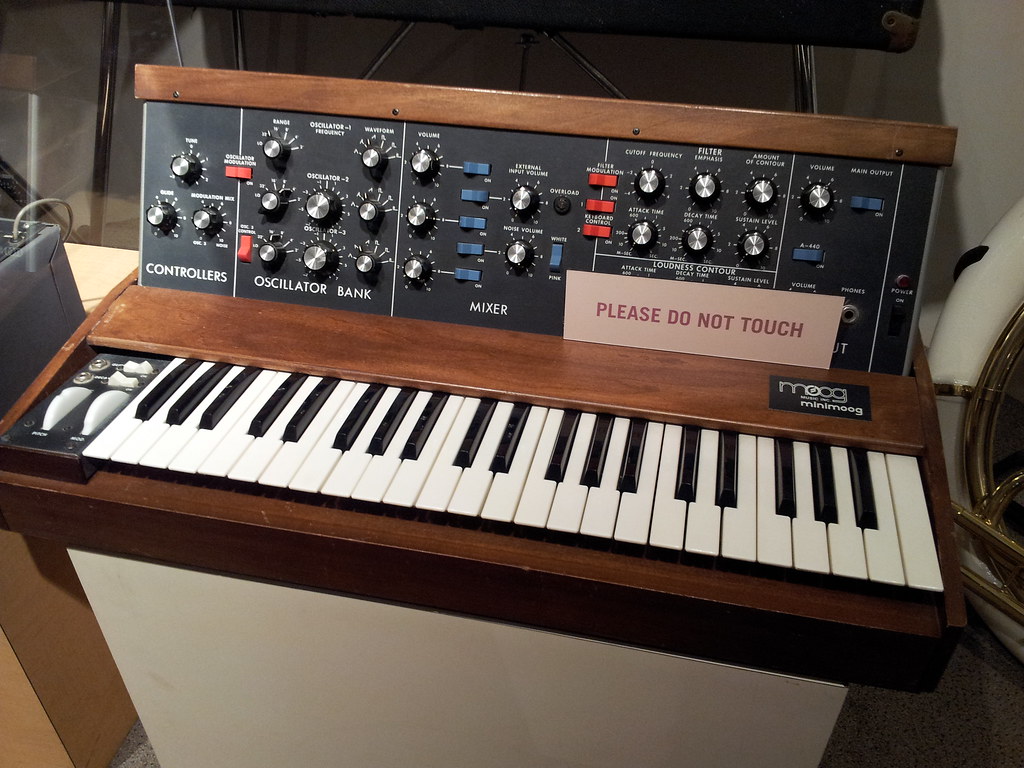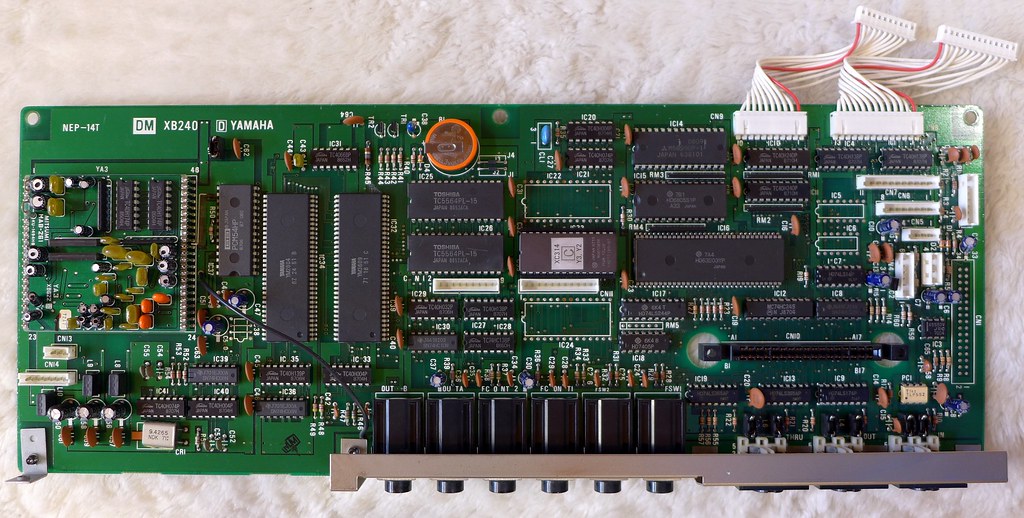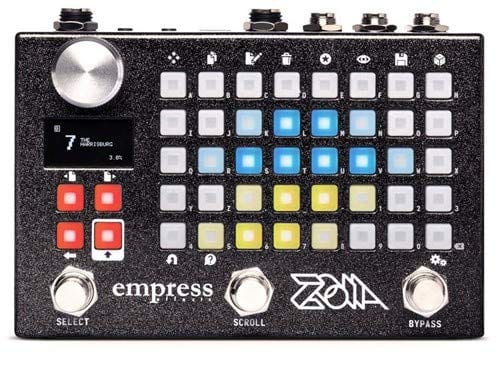
Technically speaking, the first electronic synthesizer in the world was invented in 1929. This was when Eduard Coupleaux and Armand Givelet first combined a piano, a paper tape reader, and other electronic devices to simulate an orchestra with four different voices. Much later in 1956, the RCA Electronic Music Synthesizer Mark I became the first instrument to bear the name ‘synthesizer.’ It used tuning forks and a punched roll of paper to create electronic sounds. It wasn’t until 1964 that Moog’s 900 Series Modular Systems, also known as the legendary Moog Synthesizer, first came out. Considered to be the father of the modern synth, Robert Moog and his invention forever changed not just electronic music, but every other genre that the synthesizer touched. Released during a decade which was a highly pivotal time for contemporary music production, the synthesizer was very instrumental in allowing some of the world’s greatest musical pioneers to take things to the next level.
 CREDIT: doryfour under CC BY-SA 2.0 License – No changes were made to the image.
CREDIT: doryfour under CC BY-SA 2.0 License – No changes were made to the image.
The same decade saw the release of the Minimoog, a smaller and more portable version of the towering original Moog Synthesizer. This made it one of the most influential early instruments in electronic music from the ‘60s to the late ‘70s. And from there, many other synthesizers were developed, ending up in the hands of some of the most influential musicians in the world. Wendy Carlos who scored the film Clockwork Orange and has won Grammies for her albums and film work was the first to show the world the full capabilities of the Moog Synthesizer. Meanwhile, Using the Minimoog, the Synthanorma Sequenzer, the Vako Orchestron, and many other strange electronic devices, the German band Kraftwerk configured sounds that would forever change the future of pop, avant-garde music, and dance-pop. Guitar god Jimi Hendrix himself used a Condor GSM Innovex Synthesizer to help hold up the fort of early electronic psychedelic rock. And right beside Hendrix was progressive rock pioneer John McLaughlin; the two were some of the first to combine virtuoso electric guitar playing with synthesized sounds. By the time the ‘80s rolled in, synth-rock, pop, and dance were fully realised genres in their own right.
 CREDIT: deepsonic under CC BY 2.0 License – No changes were made to the image.
CREDIT: deepsonic under CC BY 2.0 License – No changes were made to the image.
In 1983, the first commercially available digital synth was released. The Yamaha DX7 digital synthesizer keyboard introduced modern electronic musicians to FM or frequency modulated synthesis, which was a more refined and customisable method of synthesizing sound compared to its analog predecessor. Today, the Yamaha DX7 is widely regarded as the instrument that birthed ‘80s synthwave, an infectious sub-genre that continues to reverberate through contemporary pop, dance, EDM, and film and television scoring today. Depeche Mode, The Cure, Herbie Hancock, Whitney Houston, and Phil Collins are just some of the biggest names who owe a debt of gratitude to the polyphonic capabilities of the first digital synthesizers.
Today, although modern synthesizers are still based on the previous generations of the instrument, the sheer range of new analog and digital synths are a testament to how far electronic music has come. The highly coveted Roland SE-02 Analog Synthesizer Module which was released in 2017 has been lauded as a near-perfect analog monosynth. This collaboration between Roland and Studio Electronics has also been called the perfect compact tribute to the original Moog Synthesizer. Meanwhile, the growing cult following of the Empress Effects ZOIA synth pedal is due to the fact that it’s essentially a fully-functioning digital modular synthesizer – but in the form of a single and compact guitar stompbox. Released in 2019, the ZOIA’s colorfully-lit buttons allow any guitarist to access Empress Effects best signal modulating algorithms, as well as create their own tones and effects from scratch.
From the seminal years to the modern era of electronic audio synthesis, synthesizers and the musicians who bravely wield them have influenced each other at nearly equal levels. In the future, there’s no doubt that synthesizers will continue to play an integral part in the evolution of various musical genres.




